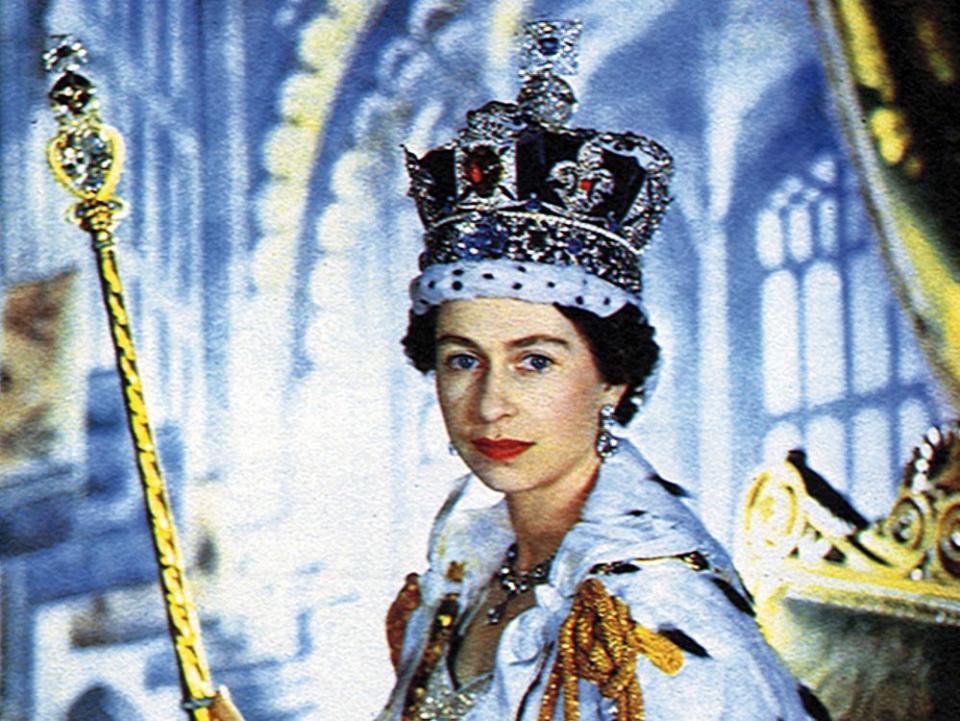William Watson: On monarchy's watch: progress

While thinking about the Queen’s life and legacy, as so many of us were doing over the weekend, I had a look at the Canada Year Book for 1952, the year Elizabeth became queen. You can download it at publications.gc.ca. Just Google it.
(I wonder how many people in 1952 had even the foggiest dreams about “download,” “internet,” or “Google it.” A half dozen in the whole world? With most of them regarded as, in hep 1950s lingo, “looney tunes”? U.S. engineer/spymaster Vannevar Bush did write interesting things about future information retrieval but his “memex” machine, which in some ways anticipated googling, was mechanical, based on microfilm reels: Remember those?)
The yearbook for 1952 is actually and atypically a double issue for 1952-3 and it’s a whopper: 1,316 pdf pages, with a whopping price: $3.00. Mid-20th century Canadians were nothing if not gluttons for information: It has the occasional map or chart but otherwise is just words and numbers. Not a single stock photo anywhere of happy Canadians working and playing together.
The text and tables reveal a Canada that might as well be from a different planet. Population only 14 million, including 3.1 million under the age of 10 years. Only 4.6 million Ontarians, barely four million Quebecers. Only one other province with over a million people (B.C.: with 1.2 million). Only one city with a million people: Montreal, barely. Toronto, the country’s second largest city, had only 675,754 residents. That would put it 10th today, between Hamilton and Kitchener. Canada’s rural-urban split was 38/62 — still a high rural component.
And of course the population was almost completely monochromatic: 47.9 per cent British, 30.8 per cent French, 18.2 per cent “other European” and only 0.5 per cent “Asiatic” and 0.1 per cent “Negro.” The non-European component was about to increase, however, for the yearbook reports that “In January 1951 an agreement was reached with the Government of India to permit the admission of 150 citizens annually … Subsequently, provision was made for the admission of 100 citizens of Pakistan and 50 citizens of Ceylon” (as Sri Lanka was then known). Not exactly open borders!
Politics was mono-chromosomal as well as monochromatic. The prime minister was Louis St. Laurent, the first of the dozen Canadian prime ministers Elizabeth II knew. The governor-general was Vincent Massey, first Canadian to hold that office. Eleven more GGs followed.
The federal cabinet included Lester Pearson, Paul Martin, the legendary do-er C. D. Howe, 15 other men and no women. Parliamentary assistant to Douglas Abbott at Finance was James Sinclair, best known now as eventual father-in-law of Pierre Trudeau, maternal grandfather of Justin. Parliamentary assistant to Pearson at “External Affairs” was future Quebec premier and quiet revolutionary Jean Lesage.
The current premier of Quebec was Maurice Duplessis. Ontario’s was Leslie Frost, whom even old-timers such as myself regard as a towering figure from the fusty past. Saskatchewan’s was T. C. Douglas, not yet father of medicare, which was still more than a decade in the future. Premier of Newfoundland — a province for just two years when Elizabeth became Queen — was Joey Smallwood. Premier of Alberta was Ernest Manning, father of Preston Manning, federal opposition leader three decades ago now.
Into this musty den of dark-suited old men — many of them old — descended a radiant 26-year-old woman who by the force of her evident dignity and composure managed with seeming ease to assert the predominance of her station.
With the natural arrogance of the modern we find much about 1952 quaint: the $10,000-a-year salary paid to Ontario cabinet ministers, for instance, or the $6,000 to the premier of Prince Edward Island. In today’s dollars that $6,000 would be $65,148.94, not much more than the median income now, though in truth Premier Walter Jones led a cabinet of only eight, including two ministers without portfolio, so maybe he didn’t merit more than that.
It’s also jarring to see everything in miles, tons, pounds and Fahrenheit degrees (average January temperature in Montreal: 13.8 F). But despite what in many respects we regard as 1952’s backwardness, Canadians of that era were clearly forward-looking. The word “progress” appears often, as in “Summary of the progress of Canada 1871-1951,” and never skeptically or in sardonic quotes, as it would today. In 1952, Canadians believed in the future.
We are not nearly so unself-conscious these days but in myriad ways this country has achieved vast progress since Elizabeth became Queen. Most was not her personal doing but it all occurred “on her watch,” as they say in judging U.S. presidents.
The idea of the monarchy, as has been said often since the sad news last week from Balmoral, is to provide continuity. When one person reigns for 70 years, that’s obviously achieved, even as the person herself proceeds from young mother to great grandmother. But such personal longevity is not required. In fact, the point is that the institution is permanent, its occupant not. In that way the new King Charles may teach us more about the strength and value of the British/Canadian monarchy than even his remarkable mother did.

 Yahoo Finance
Yahoo Finance 